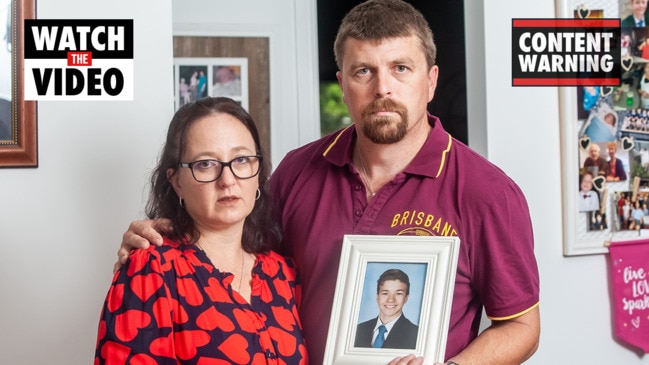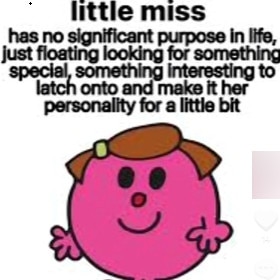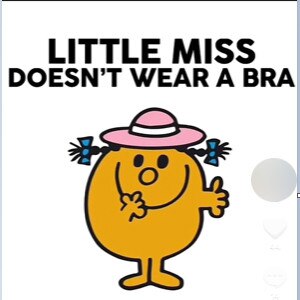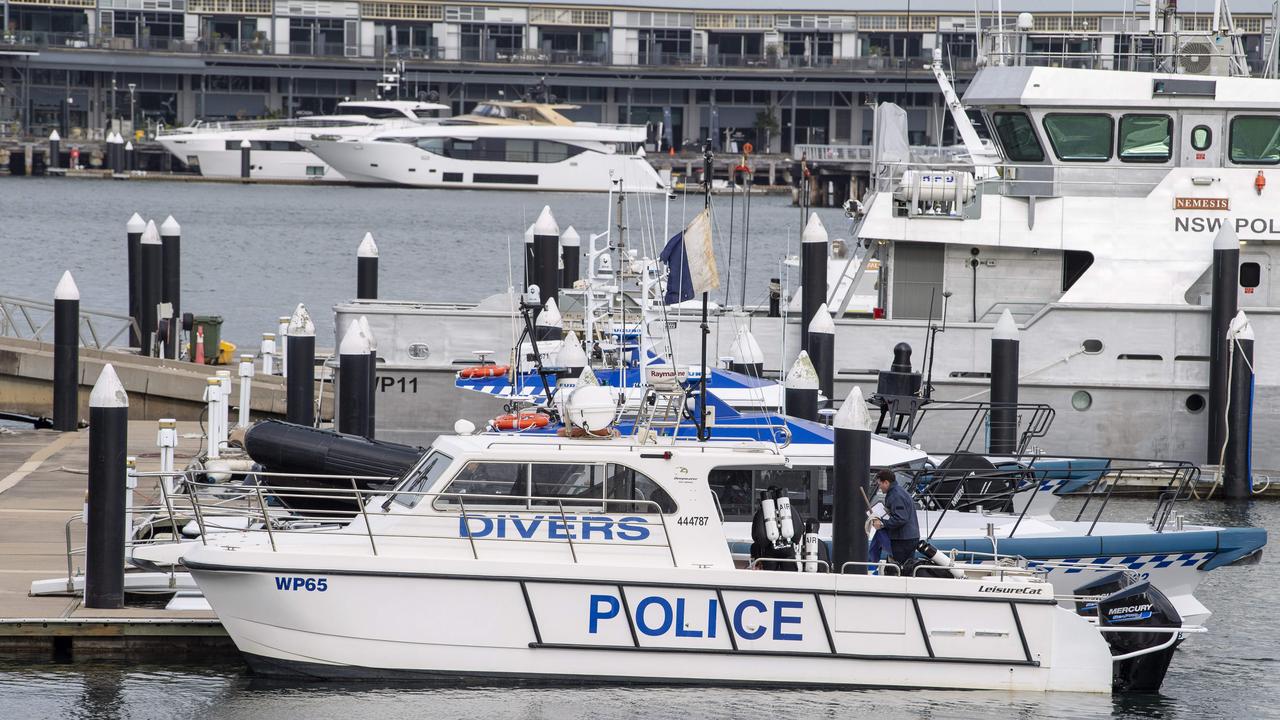‘Little Miss Racist’: Shock school bullying tactics
School bullies are using a much-loved book series to humiliate vulnerable students. Here’s how to protect your child.

National
Don't miss out on the headlines from National. Followed categories will be added to My News.
Exclusive: School bullies have weaponised a much-loved children’s book series to taunt and humiliate vulnerable students.
Six months after social media users began turning the popular Little Miss and Mr Men book characters into fun memes, bullies have hijacked the trend for sinister purposes.

Dozens of TikTok accounts — each targeting a different school — have popped up, posting cruel versions of the memes, mocking individual students, before flashing an identifiable photo of their target.
The anonymous accounts, apparently created by students, use phrases such as “Little Miss Hated By Most”, “Little Miss Racist”, and “Little Miss Wears No Bra”, to denigrate their schoolmates.

Students in Victoria are joining in, including those at Sunbury College, Berwick College and Fountain Gate Secondary College.
Some students are using the viral trend to compliment their friends, with posts about Little Miss Perfect, Little Miss Best Style and Little Miss Really Kind Girl Who Deserves Better.
Others are derogatory, including Little Miss Thinks She’s Black, Doesn’t realise no one likes her, Fakes her pregnancies, Anorexic, Fat and Self Harm.
In one clip, Sunbury College students pose in front of their own Little Miss monikers flashing above their head, settling on the one that best suits them. Descriptions include Doormat, Banned on Uber, Attachment issues, Bad taste in men, Childhood trauma, Hits curbs and Avoiding my problems.
There are even male accounts such as “Little Mr Can’t get any Girls”.
In one post there are signs saying “Little Miss Self Harm” and the caption “@horrible little miss accounts, do you realise what your (sic) doing?”
One post said “my heart goes out to the people who get called ugly on the little miss school accounts.”

A spokesman for the Department of Education said Victorian schools “take strong action in relation to incidents of bullying, with disciplinary action for the perpetrators and full support for impacted students”.
“Social media providers have a critical role to play in preventing the publication of content that promotes bullying - and we are continuing to raise this issue with the platforms directly,” he said.
The online trolling trend can be revealed as new data shows cyberbullying reports are up 95 per cent for the first six months of this year. The figures, from the eSafety Commision, show 948 people reported being bullied online in the first half of 2022 compared to 485 in the first half of 2021. The data also reveals 1 in 5 children experience cyberbullying.
eSafety Commissioner Julie Inman Grant said she was aware of the Little Miss material and similar variations.
“Where once bullying stopped at the school gate, through technology it now follows children home and into their bedrooms, sometimes at all hours of the night,” she said.
“Content that demeans, belittles or objectifies anyone, particularly children, is never okay… young people may not realise how cruel, isolating and damaging this kind of online bullying content can be.”
Child psychologist Dr Kimberley O’Brien said the public nature of the Little Miss memes was a “lot more serious” than other types of bullying because “humiliation and ridicule are really powerful things”.
“The feeling of humiliation, there are not many things that compare to that,” she said.
Dr O’Brien said when teenagers felt they were being laughed at, they catastrophise the experience, often believing they could never recover.
“Humiliation has the power to make kids want to withdraw, hide and feel very anxious,” she said.
The resulting isolation can also increase the risk of suicide, she said.

Social Media expert Molly Speechley said while some oversight and restriction was appropriate, parents should focus on educating their children, and encouraging communication within the family.
“Checking behaviours can erode trust between parents and children… and may make teens less likely to come to parents when they do have an issue they cannot solve on their own,” she said.

“Parents should educate themselves too, though, about their kids: what is motivating their children to go online, what services they’re typically using, and how those specific services can be used safely.”
Ms Inman Grant said parents and carers should look out for any changes in their child’s behaviour that might suggest they’re struggling.
“Start the conversation and ask the questions about what your child is experiencing online, how that makes them feel – and above all else – how you can help.”
Parents concerned about bullying should first contact the relevant social media platform, and if the offending content isn’t removed within 48 hours, contact eSafety.
“eSafety will then determine whether the material is serious cyberbullying material and in the course of an investigation may work with the parents, the school and in some circumstances police,” Ms Inman Grant said.
A spokesman for the Department of Education said Victorian schools “take strong action in relation to incidents of bullying, with disciplinary action for the perpetrators and full support for impacted students”.“Social media providers have a critical role to play in preventing the publication of content that promotes bullying - and we are continuing to raise this issue with the platforms directly,” he said.
TOP FIVE SIGNS THAT SUGGEST A CHILD IS TARGET OF CYBERBULLYING
· They appear sad, lonely, angry, worried or upset more than usual
· Unexpected changes in friendship groups or not wanting to be around people, even friends
· Changes in personality, becoming more withdrawn or anxious
· Changes in sleep patterns, eating or energy levels
· Becoming secretive about their mobile phone use or what they are doing online.
TOP FIVE TIPS FOR PARENTS TO PROTECT CHILDREN FROM HARM ONLINE
· Use parental controls in apps and devices to monitor and limit what your child does online
· Set time limits for using devices during non-school hours
· Keep your kids in open areas of the home when using their devices
· Turn on privacy settings to restrict who contacts your child in apps and games
· Join in with your child’s online activities by co-viewing and co-playing.
— Source: eSafety
Originally published as ‘Little Miss Racist’: Shock school bullying tactics




